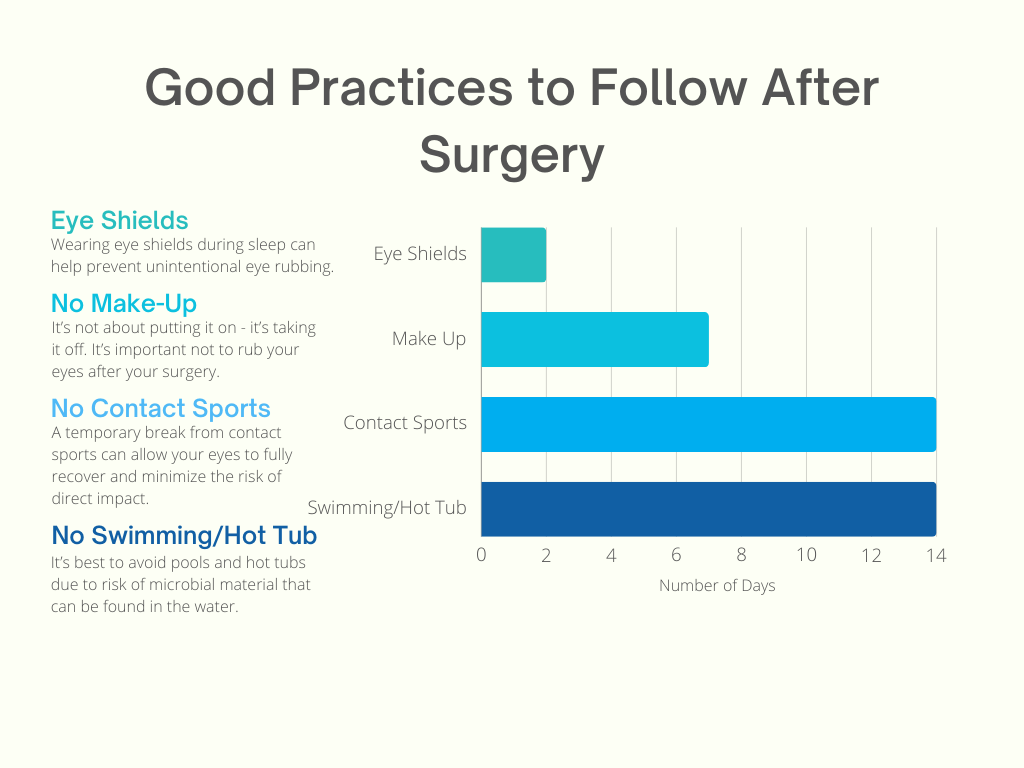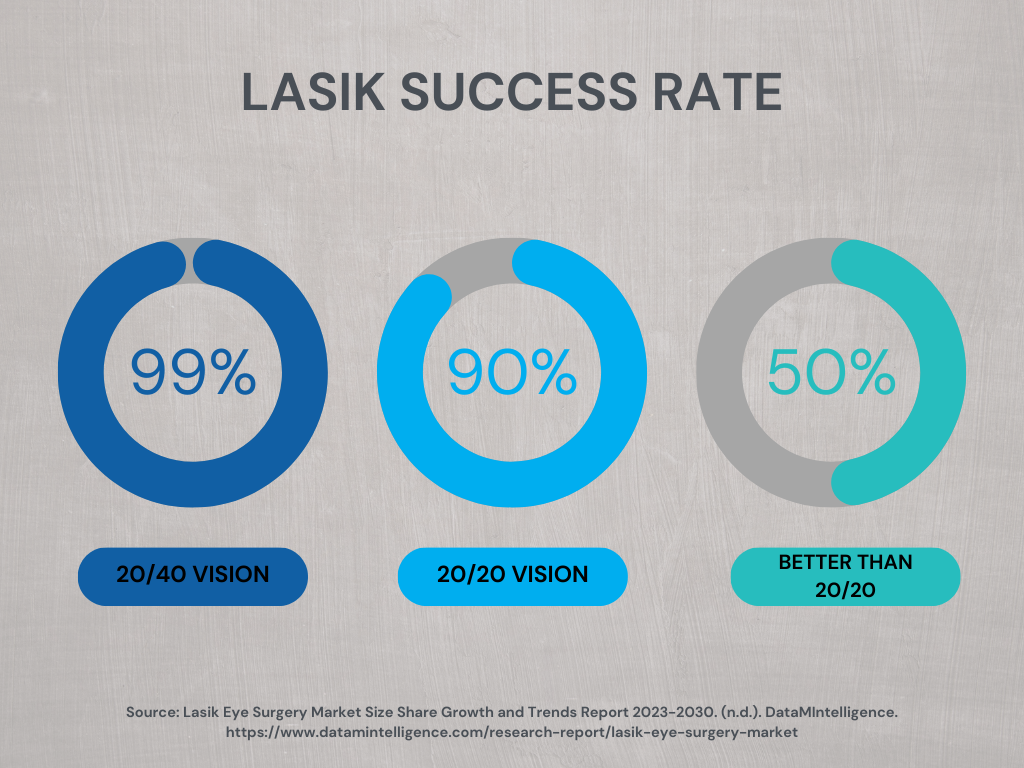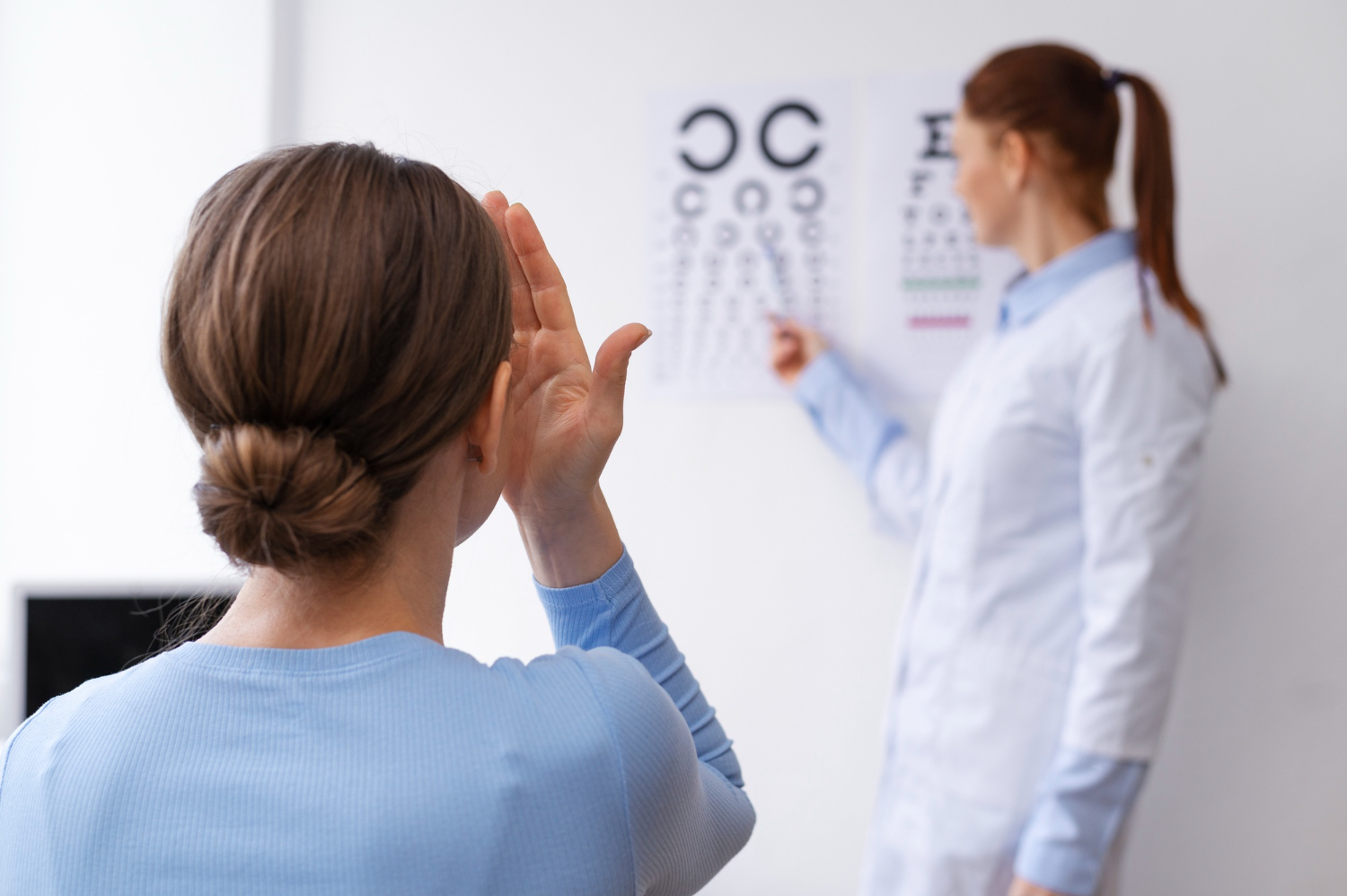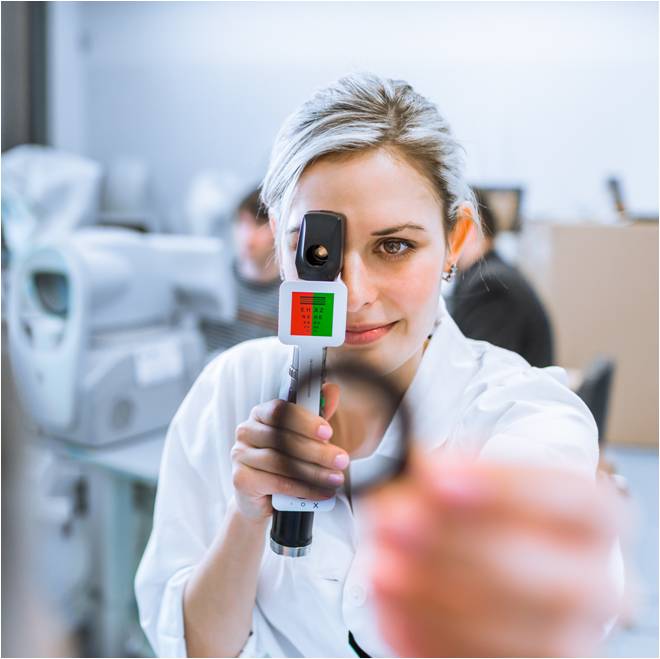LASIK eye surgery, a revolutionary procedure correcting refractive errors, has transformed countless lives by eliminating dependence on glasses and contacts. Yet, a lingering concern for many considering LASIK is, does LASIK hurt?
We understand this apprehension. The thought of any intervention on the eye can be daunting. However, we can assure you that LASIK prioritizes patient comfort with advancements minimizing discomfort significantly.
Understanding the LASIK Procedure
LASIK, which stands for Laser-Assisted In Situ Keratomileusis uses a highly precise laser to reshape the cornea, the clear front portion of the eye, to correct refractive errors like nearsightedness, farsightedness, and astigmatism.
The LASIK procedure: A Step-by-Step Look
- Anesthetic Eye Drops: To minimize discomfort, anesthetic eye drops are administered to numb the eye’s surface.
- Corneal Flap Creation: A specialized instrument called a microkeratome or a femtosecond laser is used to create a thin, hinged flap in the cornea.
- Corneal Reshaping: With the flap folded back, the excimer laser carefully reshapes the underlying corneal tissue to correct the refractive error.
- Flap Replacement: The corneal flap is then repositioned, allowing it to heal naturally and seal without the need for stitches. The entire LASIK procedure typically takes less than 15 minutes per eye. Discomfort is minimal and transient, easily managed with the numbing drops and relaxation techniques.
Comfort Measures in LASIK
While the idea of having a laser reshape your cornea may seem daunting, the truth is that most patients experience little to no pain during the actual LASIK procedure. This is primarily due to the anesthetic eye drops used to numb the eye’s surface. However, it’s important to note that some patients may experience a pressure sensation during certain stages of the procedure, such as when the corneal flap is created or when the excimer laser is applied. This pressure is typically brief and well-tolerated.
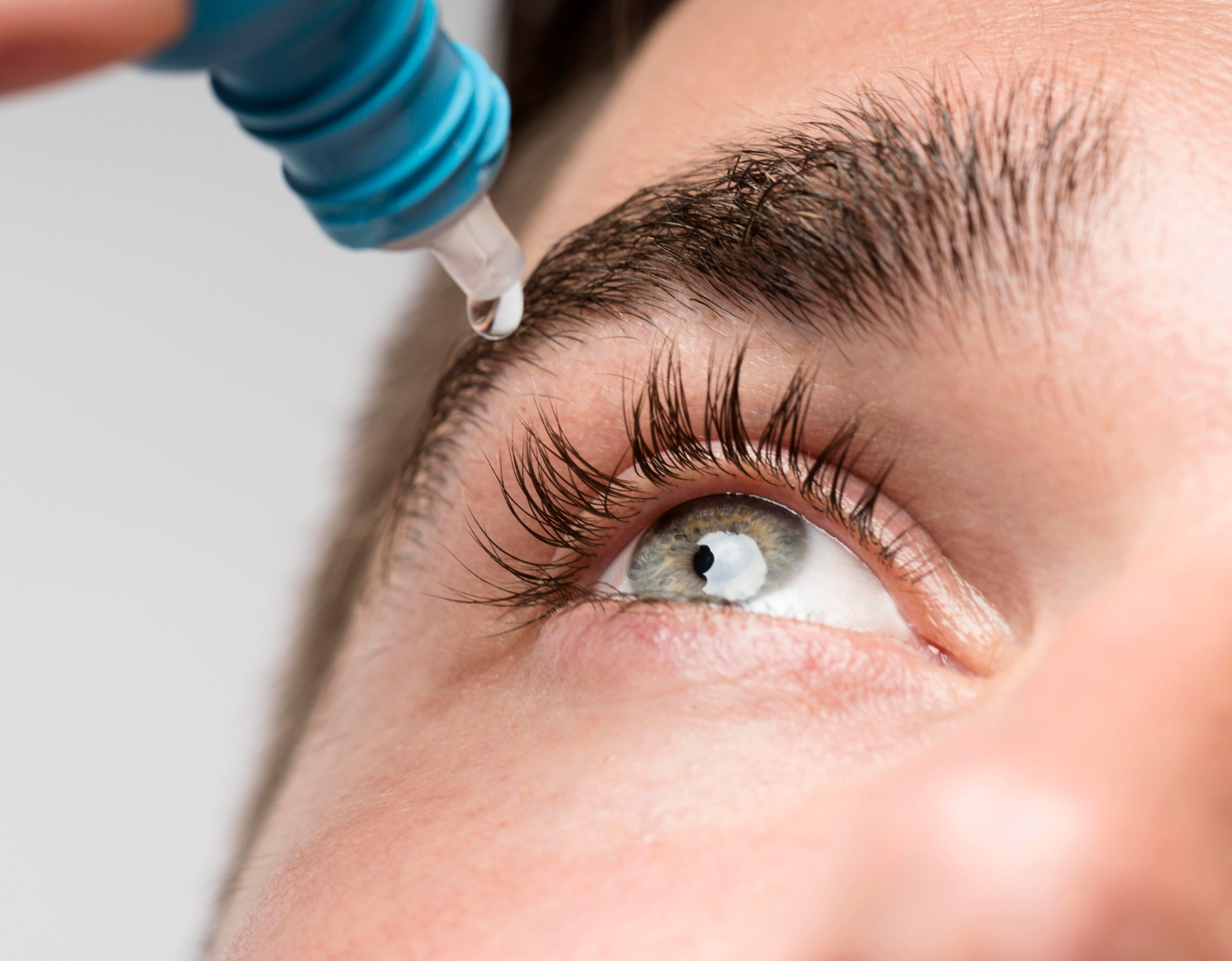
Schedule a FREE LASIK Consultation Today
Post-Operative Recovery
After the LASIK procedure, some patients may experience mild to moderate discomfort or irritation in the treated eye(s). Common post-operative symptoms include:
- Dryness: The creation of the corneal flap can temporarily disrupt the eye’s tear production, leading to dry eye symptoms like burning, stinging, or foreign body sensation. Artificial tears prescribed by your ophthalmologist can alleviate this until your eyes can fully heal.
- Light Sensitivity: The treated eye may be more sensitive to bright lights for a few days after the procedure. Wearing sunglasses can help manage this.
- Eye Fatigue: Reading, using digital devices, or other visually demanding tasks may cause temporary eye strain or fatigue.
These symptoms are usually temporary and can be managed with over-the-counter eye drops, lubricating ointments, and proper rest. Most patients experience significant relief within a few days, and complete recovery typically occurs within a week or two.
Minimizing Discomfort
To minimize discomfort during and after LASIK, it’s crucial to follow your surgeon’s instructions carefully. This may include:
- Pre-Operative Medications: Taking prescribed anti-inflammatory or anti-anxiety medications as directed to reduce inflammation and promote relaxation.
- Proper Eye Care: Adhering to the recommended post-operative eye care regimen, including the use of prescribed eye drops and ointments.
- Resting and Avoiding Stress: Allowing your eyes to rest and avoiding strenuous activities or eye strain during the initial recovery period.
Consult with an Experienced LASIK Professional
Considering LASIK? Consultation is Key. Consulting with an experienced and reputable LASIK professional, like the professionals at TLC Laser Eye Centers, is crucial. Our specialization in LASIK procedures, with over 2.3 million performed, allows us to provide personalized guidance, address your concerns, and ensure realistic expectations for both potential discomfort and the recovery process.
By following your doctor’s instructions and taking proper precautions, the vast majority of patients find that any discomfort associated with LASIK is manageable and well worth the benefits of improved vision and reduced dependence on glasses or contact lenses.
Like any surgery, LASIK has risks and potential complications that are discussed during a surgical consultation prior to the procedure. If you have any further questions, please consult with your eye doctor.
Individual Experiences May Vary
It’s important to note that every individual’s experience with LASIK may vary. Some patients may experience more discomfort than others, depending on their unique physiology, pain tolerance, and adherence to post-operative instructions.




